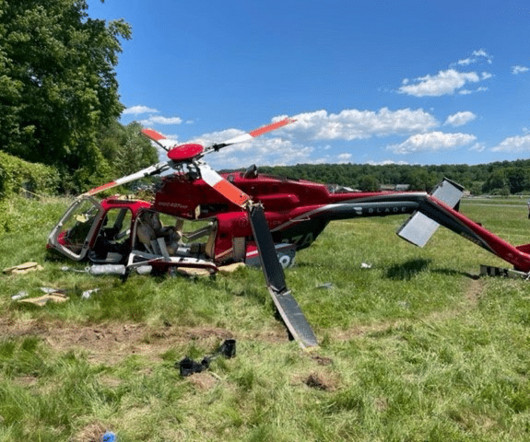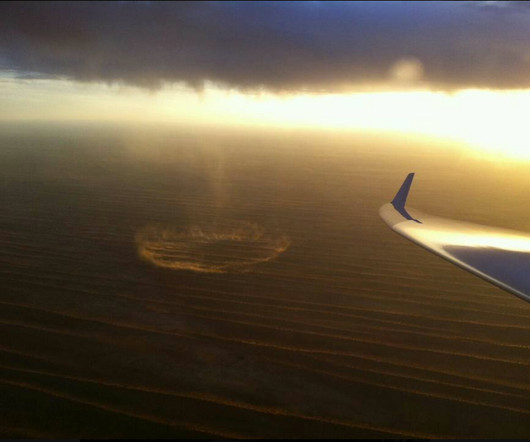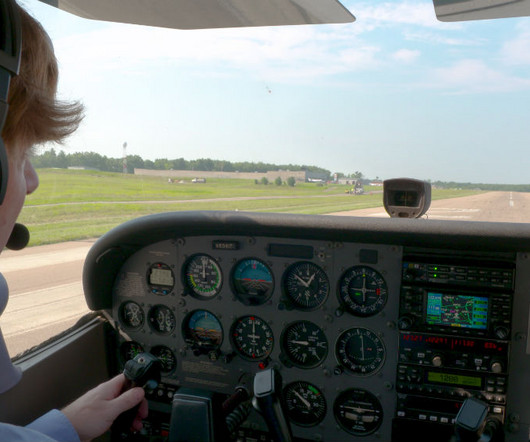What Are Common Part 107 Test Questions?
Flying Magazine
MAY 10, 2024
2: What effect does high density altitude have on the efficiency of a UA propeller? Density altitude does not affect propeller efficiency. 2: A stall occurs when the smooth airflow over the unmanned airplane’s wing is disrupted and the lift degenerates rapidly. Propeller efficiency is increased. the maximum speed.
















Let's personalize your content